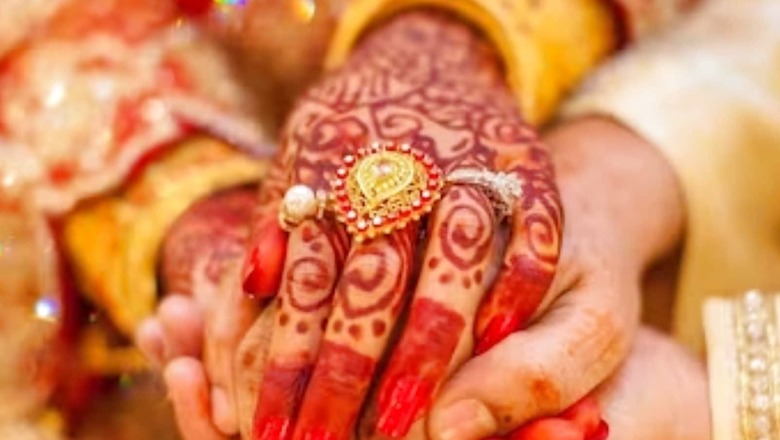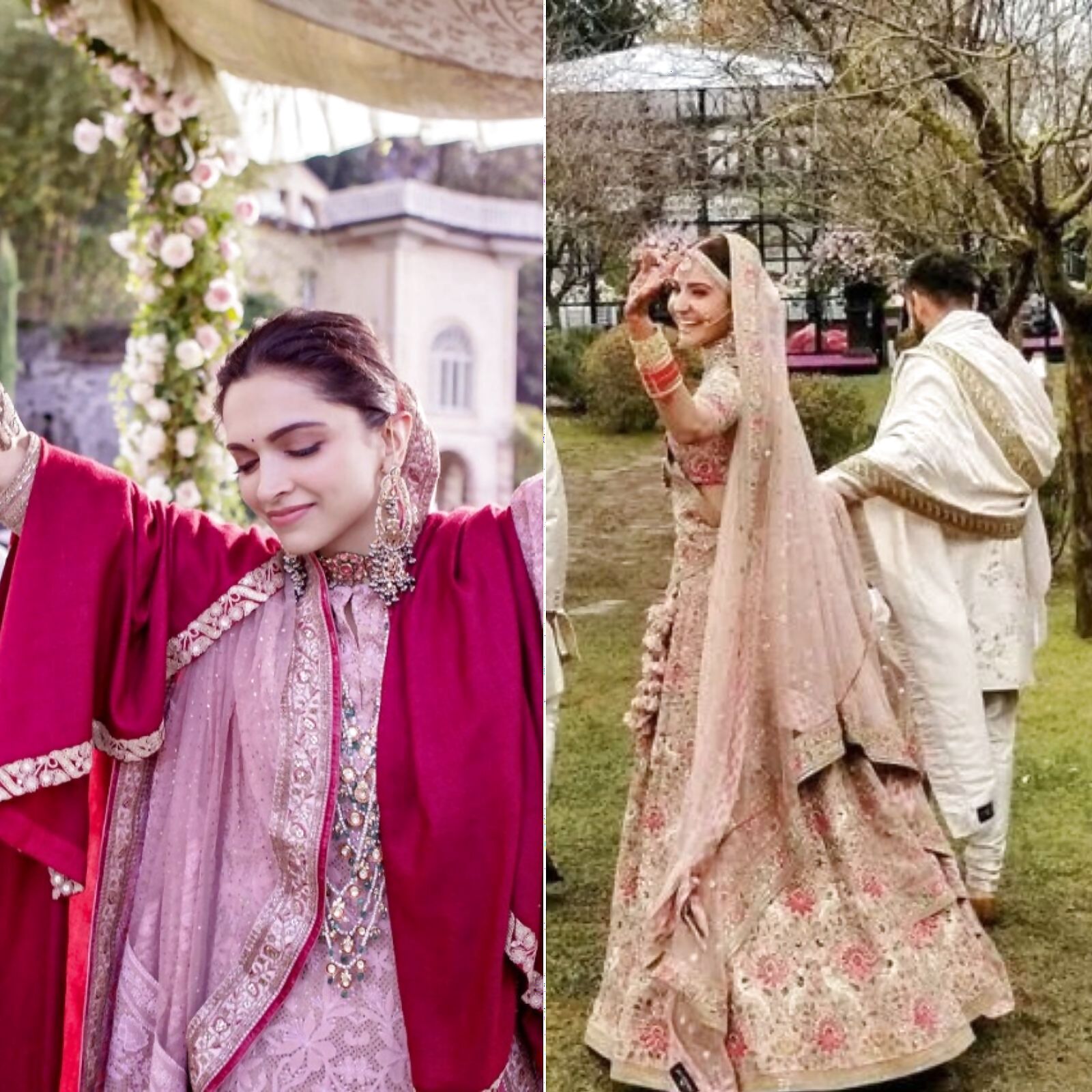
views
‘Not your usual bride’ remark women who think of doing something unusual in their weddings that make them stand out and ‘special’. While Indian marriages are not considered ‘complete’ until all the traditions and orthodox rituals (that were once a part of your parents’ or even grandparents’ weddings) are performed, the new-age brides have got some audacious ways of ‘completing’ their, what others might not call, ‘perfect wedding!’
Nowadays, brides try to write their own scripts for weddings because this is how it ‘should’ go. What you express is what you feel! If brides are expected to cry during or after the wedding, then they must be ‘expected’ to smile, laugh, and be happy for the most beautiful moments of their lives. And this is what today’s brides are actually doing! ‘Smiling their way through while accepting the reality.’
In brown households, girls are taught from childhood about how there would be a day when they’ll have to leave their parents’ house to go and spend their entire lives with their husbands’ families. Well, it’s the reality of the patriarchal type of marriage pattern that is widely observed in India. And the way they have been deeply ingrained in the minds of Indian girls has made this pattern of marriage quite acceptable and normal.
So, the question that arises is ‘Why should the bride feel bad about leaving her parents and not be optimistic about her future?’ Firstly, they must be allowed to feel the way they want. Secondly, this is what she has been listening to (that she’ll be a part of someone else’s family later) for her whole life and has therefore accepted it wholeheartedly. So, while some might cry at their bidaai (as they’re supposed to), others can happily accept it and even dance their hearts out like during their own wedding!
And, this is exactly what a bride was seen doing during her bidaai! She danced like never before during the ceremony which is considered to be emotional for herself and her family. She went over and above to make everyone believe that she is happy and hopeful of what the future family (her husband’s family) holds for her. Isn’t this what every bride’s parents would want to hear or see?
View this post on Instagram
While this is just one instance of how things are changing in modern weddings, today’s brides have shown how they can happily redefine the Desi culture which expects them to be submissive and shy during their marriage.
In another case, a bride was seen expressing her love and affection to the groom by giving a sweet peck (or a kiss) on his lips in the mandap. It, thus, adds to the list of ‘acceptable’ acts that are slowly but definitely showing up in Indian culture. Usually, the couple isn’t expected to show signs of PDA during their wedding rituals which are regarded pious unlike a ‘kiss’.
View this post on Instagram
The clip also serves as proof of what’s acceptable to you but not to others or the society shouldn’t be your concern. After all, it is a free world and people are sure to have their own beliefs, thoughts, and conceptions.
Come another day when a bride reversed the tradition by riding a horse with a sword in her hand while baraatis danced around her with utmost joy and enthusiasm on their way to the groom’s place. Until then, this was meant to be the man’s role, which was very positively taken up by a thoughtful woman.
Even Bollywood actresses opted to go ‘unique’ during their marriages which even served as an inspiration to many who needed a spark to conduct their weddings on the basis of their own beliefs and practices. Dia Mirza, who called a priestess to conduct her wedding rituals and said NO to kanyadaan, remarked, “change begins with a choice.” She even added how important it is for women to “own their own agency, their divinity, their power and to redefine what is old and birth what is new.”
View this post on Instagram
Even Deepika Padukone enjoying happy moments during her mehendi ceremony while dancing with glee and Anushka Sharma, on the other side, waving back with a ‘bright smile’ after her wedding are symbols of happiness gleaming through their eyes as they delightfully looked forward to beginning the new chapters in their lives.

Instances like these raise hope and instill courage in those women who still sit back and ponder over ‘Log kya kahenge?’ (What will people say?) Little do they know, ‘Logo ka kam hai kehna’ (It’s their job to judge).
With modernisation comes the will to redefine and reshape what is adaptable and normal for your ‘own’ definition of traditions. What might be suitable to you would not be to others, depending on various factors such as age, gender, etc. Just as simple as it sounds isn’t exactly how ‘simply’ it is perceived.
Now, some might also question that it’s important to not forget the culture and traditions that make Indian society exclusive and diverse. But the point here is not to develop new ways or new cultures, to put it simply. The discussion is rather to redefine the existing ways/culture in a sense that suits the contemporary world and their logical ways of doing things.
Even the examples stated above do not break or disobey the rituals of traditional Indian weddings. The way those brides reconstructed the rituals while keeping the traditions intact showed how modern thoughts can be actualised hand-in-hand with the conventional means of functioning, which is beautiful!
Again, it’s important to not get confused over the disobedience of traditional elements that make up the Indian culture, rather it’s the regeneration of beliefs and practices that must widen the definition of acceptance and inclusivity in the books of Indian tradition.
Thus, slowly but surely, things are evolving. The concept of Desi weddings has been expanding since brides and their families have become supportive of new patterns that justify values of the past and the present while also paving the way for the future.
After all, it’s not just a wedding, but a reflection and union of one’s thoughts, beliefs, faiths, and ways of leading life that, more or less, are crucial to be accepted by each other and eventually, the society. The more acceptable things, the easier it becomes to construct a wholesome culture.
Read all the Latest Buzz News here




















Comments
0 comment